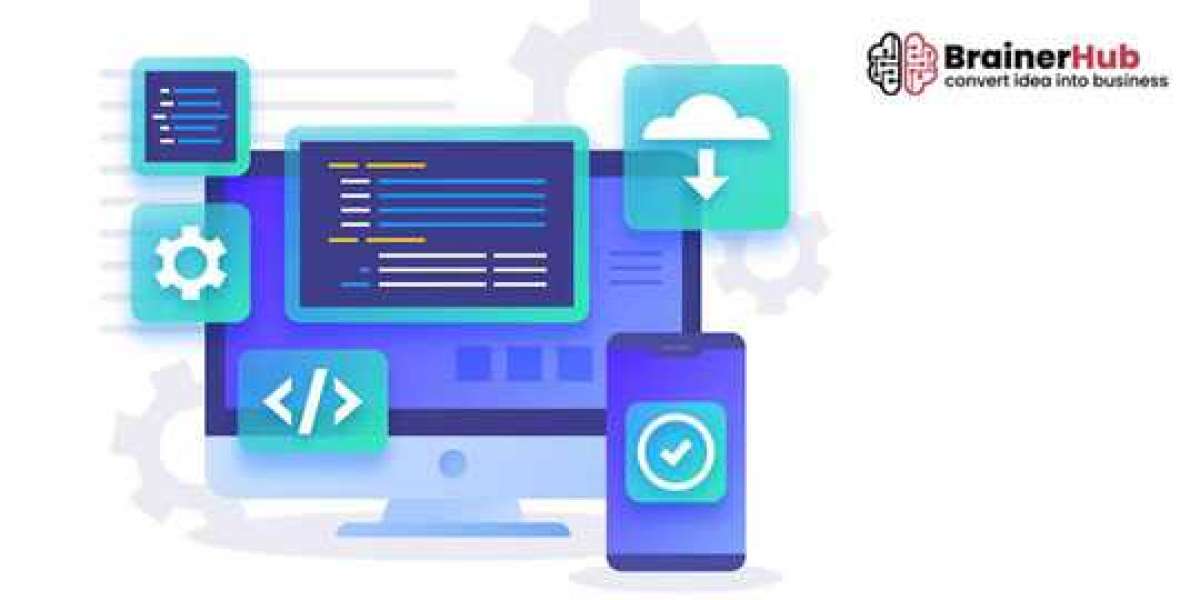The terms "artificial intelligence" and "machine learning" are no longer found in fiction. These are the technologies that have changed daily living and business practices.
It is imperative that the technologies align with the needs and scale of the business. However, most people don't know where to start when it comes to integrating technology with business processes. It is crucial to comprehend the business's requirements and specifications at this point before making any plans regarding scaling.
A company that has recognised the value of Al and ML for its operations and developed an operational model to generate the required return on investment is likely to be successful. The goal is to combine the right technologies in order to achieve significant and observable benefits.
Here, we'll walk you through every factor to think about when scaling Artificial intelligence (AI) and Machine learning (ML) for your company.
1. Involving the Stakeholders
It's critical to determine whether scaling Al and ML for your company is necessary before you start. Every stakeholder in your company needs to be on the same page and aware of the necessity of scaling your technologies.
What possible use cases exist for Al or ML, and why would scaling these technologies be necessary to achieve a business goal? It is easier to convince all the stakeholders of the need and the purpose once the need and the business objective have been established.
You should have a defined plan that considers segmentation, recommendation, and other user data in order to determine how you can achieve the intended goal. Ensure that every piece of data is available so that the computer can accurately define it for the algorithm.
2. Get the Right Data
It's crucial that you access the right data, more than just any data at all. The two technologies under discussion here are all focused on finding the appropriate data sets to use in the development of the algorithm that will enable the machines to make predictions and recommendations. However, the technologies won't be able to assist you in identifying or projecting the future if the data set and prior knowledge are inaccurate or poorly defined.
The stakeholders and data scientists should ideally work together to define the appropriate dataset for the previously identified goal and issue.
You will not only get an in-depth understanding of the company and their perspectives but also will be able to understand what data will help accomplish what kind of objectives.
3. Defining the Business Objectives
You should be able to work towards a clear goal whether you are making investments in new technology or finding ways to scale the technology that is already in place.
The primary cause of technology failure may be ascribed to having lofty expectations without a clear aim or purpose. As a result, you haven't found any metrics to gauge how well the applied technologies are working.
Knowing your goals for using these technologies will help you choose the appropriate metrics, which will indicate whether or not your application was successful.
For example, you would have metrics for this issue and defined KPIs for monitoring the instance if you wanted to find out how many frauds there were.
This will assist you in utilising your technologies to reach that particular instance. It will also point you in the right direction so that you can execute your plan successfully.
4. Move from Silos
Data has always been organised into silos, which makes it even harder to easily access the data.
Data is crucial to Al and ML, as we all know. You must switch from data silos to collaborative data movement. Since the two technologies depend on various segments and concepts to function, they require more convergence than most other technologies.
Everyone involved in the project, from the stakeholders to the highly involved data scientists and project managers, should be aware of the cooperative approach that Al and ML adopt.
Most organisations should think about the data lake approach if they want to use the technologies under consideration to achieve the success they want.
The companies will gain from the shift away from silos since it will improve cross-pollination of the data systems and make the systems more transparent, leading to better outcomes.
5. Willingness to Make the Move
If your company is not yet prepared to embrace the technologies and proceed with them, scaling the technologies will not be possible. The agility of the business processes is crucial.
The rationale is that agile development processes can guarantee more rapid application of data-driven methodologies and accelerate development.
To put it briefly, your company will find it easier to scale these technologies if your process is more agile. Your data and algorithms should be goal-focused in addition to being agile.
When all these components are in place, you can be confident that your company is prepared to grow to the next level.
Taking the next step with Al in software Development is the key component that best illustrates this readiness. There are several ways in which organisational readiness can be demonstrated by the stakeholders' willingness to commit to these technologies.
6. Invest in the Right Tools and Infrastructure
The tools and infrastructure that will enable you to scale the technologies efficiently should be the final factor you take into account before scaling the business. You must be aware of the resources available to you in order to achieve your goals and gain the upper hand in Al and ML.
Development of Al and ML should be supported by the infrastructure and configuration. A hybrid cloud strategy is an option that will provide you with the required speed and agility for data development and retrieval.
Summing Up
The organisations should provide the necessary training to the key personnel who will be in charge of the ML and Al projects in the corresponding technologies.
With the right instruction, they will be able to comprehend the two technologies' potential benefits for the business and how to use them for effective organisational management.
To ensure that you are using the right data for your purposes, you should devote a great deal of time and energy to data management and appropriate data storage techniques.
Every company should be aware of its IT requirements and know how to effectively scale technology to achieve better business results.







